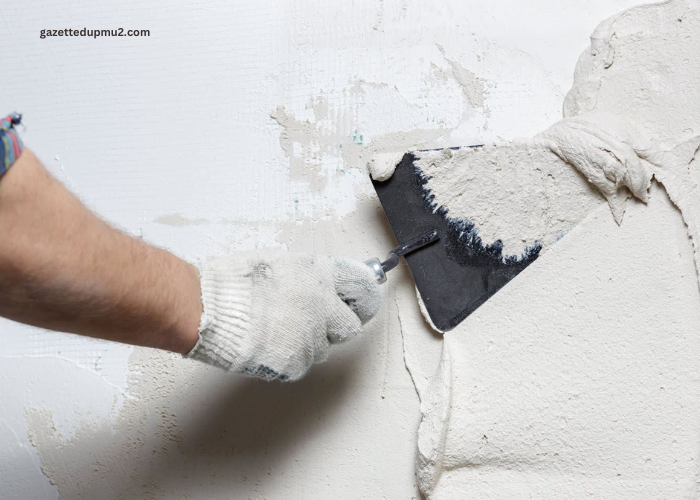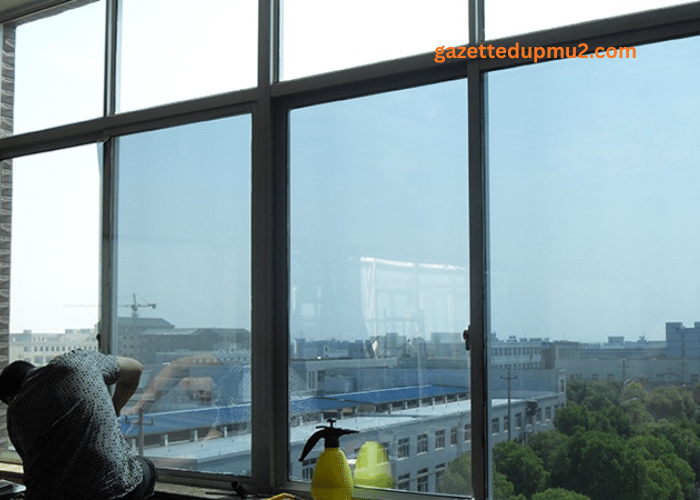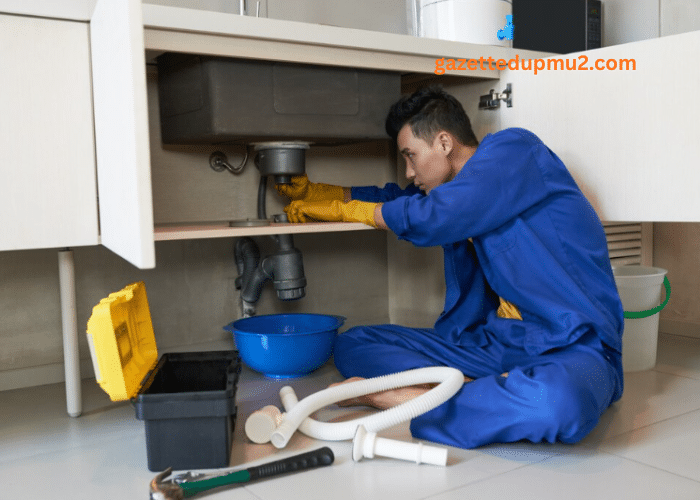Stucco is a popular choice for home exteriors, offering durability and aesthetic appeal. But eventually it will wear out just like any other material. From minor cracks to more serious issues like buckling or discoloration, stucco problems can compromise your home’s structural integrity and curb appeal. Addressing these problems promptly with professional expertise is key to preserving your investment. This article explores common stucco issues and how expert repair services resolve them effectively. For those seeking Philadelphia stucco repair, understanding these solutions can help make informed decisions.
Hairline Cracks: Causes and Professional Solutions
Hairline cracks, often mistaken for cosmetic flaws, are small fractures in the stucco surface that can develop over time.
- Causes: These cracks usually occur due to natural settling of the building, thermal expansion and contraction, or minor structural shifts. Although they appear superficial, they can act as entry points for water, which may lead to further damage if left unaddressed.
- Professional Solutions: Experts address hairline cracks by thoroughly cleaning the area and applying elastomeric sealants or flexible patching compounds. These materials move with the structure, ensuring the repair remains intact despite future shifts. Professionals also take care to match the color and texture of the stucco for a seamless finish.
- Preventive Measures: To minimize future cracking, contractors may recommend applying a weather-resistant coating or regular maintenance to keep the stucco in top condition.
Bulging or Buckling Stucco: Identifying Underlying Issues
Bulging or buckling stucco is a serious issue that indicates problems beyond the surface.
- Causes: These deformations often result from moisture trapped behind the stucco, inadequate drainage systems, or poor installation techniques. Over time, the trapped moisture weakens the bond between the stucco and the substrate, causing the material to warp or detach.
- Professional Solutions: Repairing bulging stucco involves removing the damaged sections, inspecting the underlying layers, and addressing root causes like water leaks or structural deficiencies. Professionals then reinstall the stucco using modern methods that ensure proper bonding and moisture control.
- Thorough Inspections: A comprehensive inspection is essential to identify all affected areas and prevent the problem from recurring, ensuring the home’s exterior remains secure and visually appealing.
Staining and Discoloration: Fixing Water Damage and Restoring Appearance
Stains and discoloration on stucco are not only unsightly but often indicate deeper problems with water intrusion.
- Causes: Common causes include prolonged exposure to moisture, mold or algae growth, and rust from embedded metal components. These issues can occur due to leaks in the stucco system or inadequate drainage.
- Professional Solutions: Professionals begin by identifying and eliminating the source of moisture. Once the issue is resolved, they clean the affected areas using specialized techniques like pressure washing or chemical treatments. Finally, they may apply a fresh coat of paint or a protective finish to restore the stucco’s appearance and enhance its resistance to future staining.
- Enhanced Protection: Contractors often recommend applying a sealant or waterproof coating to prevent future water damage and maintain the stucco’s clean, polished look.
Chipping and Flaking: Addressing Age-Related Wear and Tear
Chipping and flaking stucco is a common problem in older homes or those exposed to harsh weather conditions.
- Causes: This issue typically arises due to the natural aging of materials, exposure to freeze-thaw cycles, or the use of low-quality stucco during the original installation. Over time, the outer layers weaken and begin to peel away.
- Professional Solutions: To repair chipping and flaking, professionals remove all loose or damaged stucco and apply a new patching layer that adheres securely to the substrate. High-quality materials ensure that the repair lasts and blends seamlessly with the surrounding stucco.
- Aesthetic Enhancements: After repairs, contractors may recommend retexturing or repainting the entire surface to ensure a uniform appearance, giving the home a refreshed and updated look.
Improper Installation Issues: How Professionals Correct Past Mistakes
Stucco problems caused by improper installation are some of the most challenging to address, but professional expertise can resolve them effectively.
- Causes: Poor installation practices, such as insufficient flashing, inadequate moisture barriers, or incorrect mixing ratios, can compromise the stucco’s performance. These issues often result in cracking, water infiltration, and premature failure of the stucco system.
- Professional Solutions: Repairing improperly installed stucco involves a thorough evaluation to identify all deficiencies. Contractors then remove the affected sections, repair any underlying damage, and reinstall the stucco using proper techniques. This includes adding appropriate moisture barriers, ensuring correct flashing placement, and adhering to industry standards for mixing and application.
- Long-Term Reliability: By correcting past mistakes, professionals provide a durable, high-performing stucco system that enhances both the functionality and appearance of the home.
Conclusion
Stucco problems, whether minor or severe, require prompt attention to prevent further damage and maintain your home’s aesthetic and structural integrity. Professional repair services offer tailored solutions for each issue, from sealing hairline cracks to correcting improper installations. By addressing these problems with expert care, homeowners can protect their investment and enjoy a beautiful, long-lasting exterior. For reliable assistance, turn to experienced stucco contractors in Philadelphia, such as Stucco Repair Philadelphia, who can provide comprehensive repairs and ensure your stucco stands the test of time.





